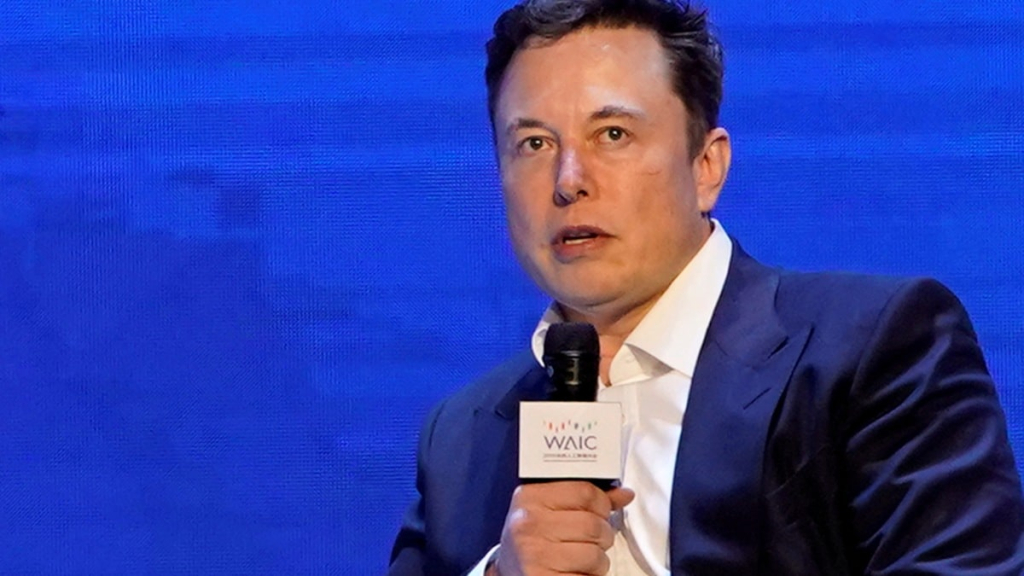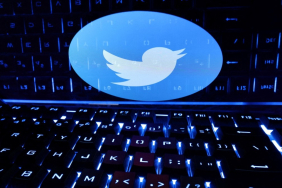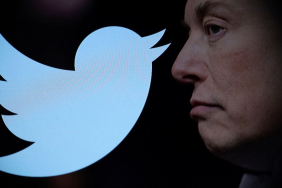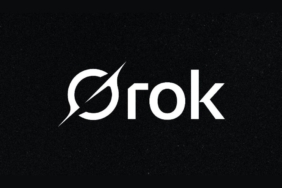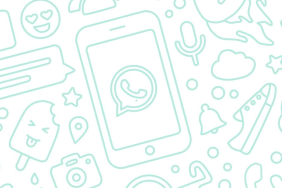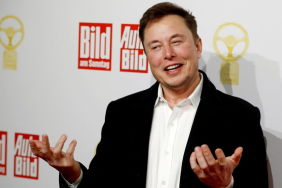On Friday, Elon Musk defended his contentious payment model for Twitter, asserting that platforms which do not adopt similar strategies will struggle against the proliferation of bots.
This assertion came just before Twitter’s April 1 deadline for verified accounts, which were at risk of losing their blue tick if they did not pay the subscription fee.
“The fundamental challenge here is that it’s easy to create literally 10,000 or 100,000 fake Twitter accounts using just one computer at home with modern AI (artificial intelligence),” Musk explained during a question-and-answer session on Twitter.
“That’s why we’re emphasizing the importance of verification, which requires a number from a reputable phone carrier and a credit card,” he continued.
Musk predicted that any social media network that fails to implement such measures is destined to fail.
This new system places pressure on companies, journalists, and celebrities who have relied on Twitter for communication and trustworthiness associated with the blue tick.
There are also concerns about impostors and pranksters potentially securing verified accounts, leading to the spread of misinformation.
In the United States, the subscription plan, dubbed Twitter Blue, costs $8 (approximately Rs. 700) per month, $84 (around Rs. 6,900) annually, or $11 (approximately Rs. 900) per month if purchased through Apple’s app store.
Since its inception in 2009, the blue tick has served as a hallmark of trust for newsmakers and advocacy groups.
However, Musk and his supporters have criticized the prior verification process as arbitrary and a representation of an unfair class system.
Making the blue tick accessible only to paying subscribers was one of Musk’s initial decisions after acquiring Twitter last year, yet the outcome proved disastrous.
In a matter of hours, the platform witnessed a surge of fake verified accounts impersonating notable personalities, major corporations, and even Musk himself.
Musk had to swiftly reevaluate the approach, and many advertisers departed from the platform, further complicating the CEO’s efforts to revitalize Twitter’s revenue streams.
Currently, blue checkmarks for prominent users, including Justin Bieber with 113 million followers and Cristiano Ronaldo with 108 million, are labeled as “legacy” accounts.
‘Will be awful’
The verification issue similarly affects government officials, charities, and news organizations.
The White House has informed its staff that it will not be funding the preservation of the blue tick on official Twitter profiles, as reported by Axios.
Various media organizations and charities have already lost their blue ticks and have been reclassified as verified business accounts under Musk’s new guidelines.
According to Twitter’s official site, these verified business accounts have significant costs, charging $1,000 (around Rs. 82,200) a month in the U.S. and $50 (approximately Rs. 4,100) for each additional affiliated account.
“This will be awful for those who can’t afford the new fees,” lamented Andrew Stroehlein, the European Media Director of Human Rights Watch, clarifying that his organization would not pay for verification.
He added in a blog post that the fee structure could undermine the efforts of local activists, including those focused on human rights, who rely on Twitter for grassroots mobilization.
The New York Times has also indicated it will not invest in a verified business account, stating that they would only consider subscriptions for journalists if essential for their reporting needs.
The “pay-to-play” verification method is also under consideration by Twitter’s competitor, Facebook, in certain regions, which has attracted significant backlash.
Musk’s ability to establish a viable business model for Twitter is under intense scrutiny.
Recently, Musk valued Twitter at $20 billion (around Rs. 1,64,600 crore), which is less than half of the $44 billion (approximately Rs. 3,62,100 crore) he paid for the platform just five months prior.

